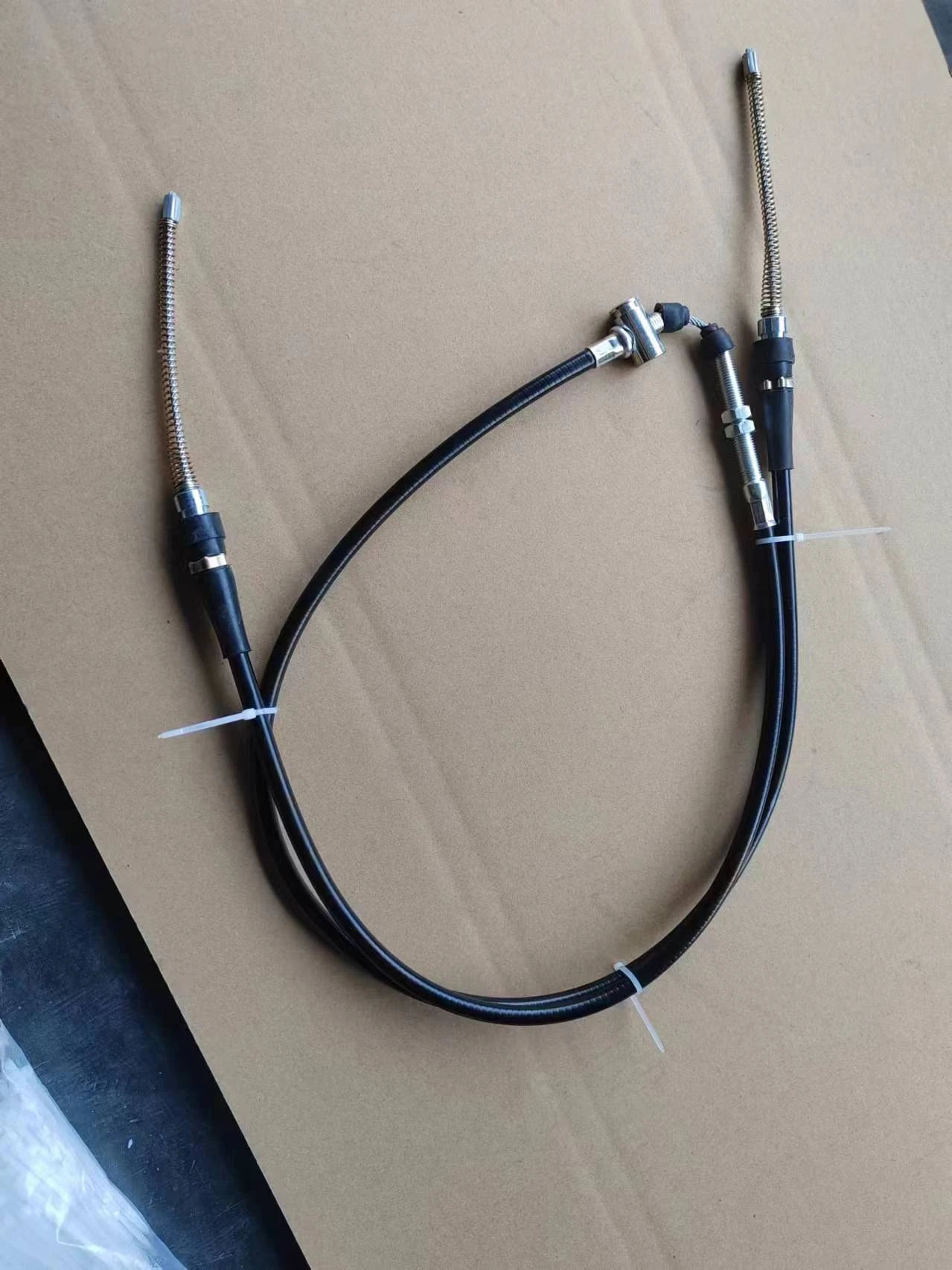hydraulic clutch pipe
Understanding the Hydraulic Clutch Pipe Function, Importance, and Maintenance
The hydraulic clutch system is an essential component in modern vehicles, particularly those with manual transmissions. At the heart of this system lies a pivotal element the hydraulic clutch pipe. Understanding the role and importance of the hydraulic clutch pipe is crucial for anyone interested in automotive mechanics, vehicle maintenance, or simply seeking to enhance their knowledge of how their vehicles operate.
What is a Hydraulic Clutch Pipe?
A hydraulic clutch pipe, sometimes referred to as a hydraulic line or clutch line, is a tube that transports hydraulic fluid between the clutch master cylinder and the clutch slave cylinder. This liquid is critical for activating the clutch mechanism smoothly and efficiently. When the driver presses the clutch pedal, the master cylinder generates hydraulic pressure that travels through the hydraulic clutch pipe to the slave cylinder, which then disengages the clutch, allowing the driver to shift gears seamlessly.
How Does It Work?
The operation of a hydraulic clutch system is relatively straightforward but relies heavily on the integrity and functionality of the hydraulic clutch pipe. When the driver engages the clutch pedal, the master cylinder compresses the hydraulic fluid within the system. This pressurized fluid travels through the hydraulic clutch pipe, reaching the slave cylinder, which then pushes the clutch fork. The movement of the clutch fork disengages the clutch plate from the flywheel, allowing for gear changes.
Once the pedal is released, the hydraulic pressure decreases, and the return spring in the slave cylinder re-engages the clutch, placing it back against the flywheel. This cycle allows for smooth gear transitions and enhances the driving experience, making the hydraulic clutch system a popular choice in both performance and everyday vehicles.
Importance of the Hydraulic Clutch Pipe
The hydraulic clutch pipe is crucial for several reasons
1. Safety and Control A functional hydraulic clutch system ensures that the driver has complete control over gear shifts, which is vital for safe driving. A malfunctioning pipe could result in difficult or impossible gear changes, leading to dangerous driving situations.
2. Efficiency The hydraulic system is designed to provide a more efficient clutch operation compared to a mechanical linkage. This efficiency translates into smoother engagements and disengagements of the clutch, promoting better performance.
3. Reduced Wear and Tear Hydraulic systems generally produce less wear on components compared to mechanical systems. This results in a longer lifespan for the clutch and associated components, reducing the frequency of repairs and replacements.
hydraulic clutch pipe

Signs of a Failing Hydraulic Clutch Pipe
While hydraulic clutch pipes are designed for durability, they can wear out or develop issues over time
. Motorists should be aware of several signs that may indicate a problem- Fluid Leaks Any visible leakage around the hydraulic lines is a clear indication that the hydraulic clutch pipe may be compromised. Transmission fluid on the ground or on components near the clutch system warrants immediate attention.
- Soft or Spongy Clutch Pedal If the clutch pedal feels unusually soft or spongy when pressed, it could signify that air has entered the hydraulic line or that the system is low on fluid.
- Difficulty in Gear Shifts Struggling to shift gears, especially into reverse, is another warning sign that the hydraulic clutch system may not be functioning properly.
Maintenance Tips
To ensure the longevity of the hydraulic clutch pipe and the entire clutch system, regular maintenance is essential. Here are a few tips
1. Regular Inspections Check for any visible leaks or damage to the hydraulic lines during routine vehicle inspections. Address any findings immediately.
2. Fluid Levels Keep an eye on hydraulic fluid levels in the reservoir. Low levels can indicate leaks or evaporation, both of which need to be addressed.
3. Professional Servicing If you experience any signs of clutch problems, have the vehicle inspected by a professional. They can diagnose issues accurately and recommend necessary repairs or replacements.
Conclusion
The hydraulic clutch pipe is an often-overlooked component that plays a crucial role in the efficiency and safety of vehicle operation. Understanding its function and potential issues can help drivers maintain their vehicles more effectively. Regular inspections and awareness of the signs of a failing hydraulic clutch pipe will ensure smooth and safe driving for years to come.
-
Workings of Clutch Pipe and Hose SystemsNewsJun.04,2025
-
The Inner Workings of Hand Brake Cable SystemsNewsJun.04,2025
-
The Secrets of Throttle and Accelerator CablesNewsJun.04,2025
-
The Hidden Lifeline of Your Transmission Gear Shift CablesNewsJun.04,2025
-
Demystifying Gear Cables and Shift LinkagesNewsJun.04,2025
-
Decoding Clutch Line Systems A Comprehensive GuideNewsJun.04,2025
